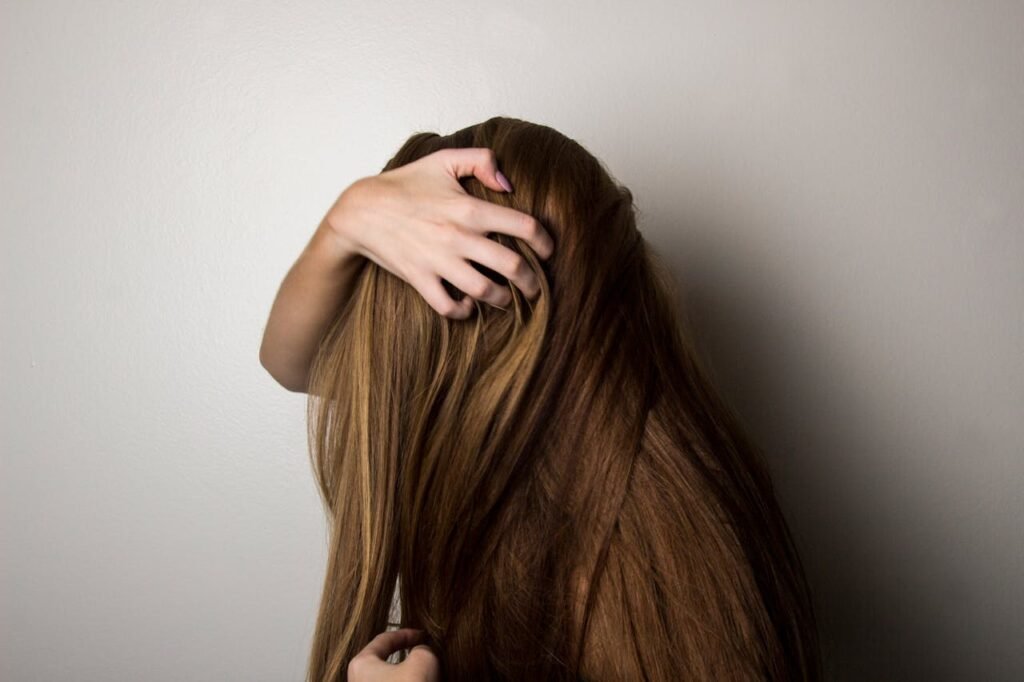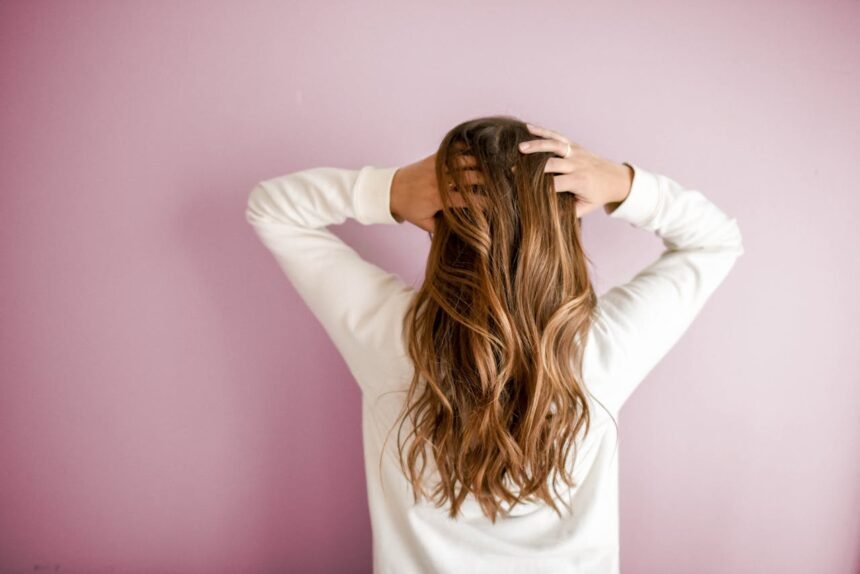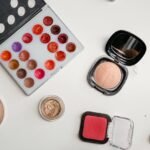Unlock the secret to lustrous locks with easy, expert-approved advice. Whether your hair is dry, brittle, overprocessed or sun-bleached, these hero strategies will breathe new life into every strand. Dive in to discover your ultimate hair transformation guide.
Nourish with Deep Conditioning
Deep conditioning is the cornerstone of hair restoration. Choose a rich, sulphate-free mask infused with keratin, argan oil, coconut extract, and biotin. Apply to towel-dried hair, comb through with a wide-tooth comb, then cover with a thermal cap. Leave for 20–30 minutes to allow the moisture barrier to rebuild. Rinse with lukewarm water to seal the hair cuticle and lock in hydration. Repeat weekly for maximum porosity repair.
Ensure you select formulas targeting your specific concern:
- Colour-safe for dyed hair
- Protein-rich for chemical damage
- Frizz-control for humidity defence
For extra revival, massage a few drops of jojoba oil into damp ends post-wash. This prevents split ends and adds shine without weighing hair down.
Learn more about professional deep treatments at Hair & Beauty Academy or find at-home mask reviews on Style Daily.
Protect from Heat Styling
Excessive heat styling can leave hair parched, weak, and prone to breakage. Always apply a heat protectant spray before blow-drying, straightening, or curling. Look for ingredients like silicones, vitamin E, and panthenol. These create a shield between your hair and high temperatures, minimising cuticle damage.
Tips for safer styling:
- Use adjustable tools and keep below 180°C.
- Opt for ceramic or tourmaline plates to distribute heat evenly.
- Allow hair to air-dry partially before using heat appliances.
Boost protection by finishing with a cool blast from your hairdryer to lock cuticles flat and add smoothness. Discover top-rated heat protectants at Beauty Insider.
Trim Regularly to Remove Split Ends
Regular trims are vital for maintaining healthy tips and preventing further damage. Even a small snip removes weakened ends and encourages stronger growth. Schedule a trim every 8–12 weeks, or self-trim between salon visits using sharp, professional shears.
Follow this simple self-trim routine:
- Divide hair into sections.
- Twist each section and snip twisted ends.
- Snip conservatively to avoid over-cutting.
Pair trims with a clarifying shampoo to eliminate product buildup, ensuring your strands absorb more nutrients and moisture. Check out tutorials at Salon Secrets.
Revitalise with Scalp Treatments
Healthy hair begins at the roots. A balanced, nourished scalp supports robust hair growth and prevents dandruff, itchiness, and inflammation. Use an exfoliating scrub once weekly to slough away dead skin and unblock follicles. Then, massage a scalp serum containing tea tree oil, salicylic acid, or niacinamide to soothe and stimulate circulation.
Massage technique:
- Apply serum at the hairline.
- Use fingertips in small, circular motions for five minutes.
- Leave treatment on overnight for deep absorption.
For sensitive scalps, select fragrance-free and dermatologist-tested formulas. Explore top picks at Scalp Health Hub.
Heal with Bond-Building Treatments
Bond-building products are game-changers for chemically treated hair. Treatments containing cysteine, keratin peptides, or poliquaternium rebuild broken disulphide bonds, restoring elasticity and preventing further fibre fracture.
In-salon options include Olaplex and Keratherapy, while at-home kits provide maintenance between professional appointments. Utilise once monthly or after any chemical service such as bleaching, perming, or relaxing.
Follow the brand’s instructions precisely, ensuring thorough saturation for complete molecular repair. Read user reviews on Hair Chemistry Lab.

Embrace Gentle Cleansing
Overwashing strips hair of its natural oils, leading to increased dryness and tangling. Switch to a no-lather or low-lather cleanser that removes dirt without depleting moisture. Look for pH-balanced, amino-acid shampoos enriched with glycerin or shea butter to maintain the acid mantle.
Recommended routine:
- Shampoo roots only, letting the suds rinse through to ends.
- Co-wash mid-lengths and ends with conditioner every other wash to sustain softness.
- Rinse thoroughly to avoid residue that causes weigh-down and greasiness.
For oily scalps, alternate with a clarifying shampoo biweekly. Find gentle cleansers at Clean Beauty Collective.
Protect and Nourish Overnight
Nighttime is prime repair time. Switch your pillowcase to silk or satin to reduce friction and prevent tangles and breakage. Before bed, apply a small amount of overnight hair oil or leave-in treatment to mid-lengths and ends. Ingredients like rosehip oil, vegan collagen, and squalane work wonders while you sleep.
Overnight care steps:
- Braid hair loosely to avoid tension.
- Wrap strands in a silk scarf to keep hair in place.
- Wake up to smoother, more manageable hair.
Discover overnight treatments at Beauty Sleep Co..
Frequently Asked Questions
How often should I use a deep conditioning mask?
Weekly applications help restore hydration and repair cuticles without causing product buildup.
Can I apply oil treatments on damp hair?
Yes, damp hair absorbs oils more effectively, boosting moisture retention and shine.
Are bond-building products suitable for all hair types?
Generally, yes. However, fine hair may require lighter formulations to avoid weighing strands down.
Will trimming my hair make it grow faster?
Trims prevent split ends from travelling up the shaft, preserving length and promoting healthy-looking growth.
Is it safe to sleep with oil-treated hair?
Use a silk pillowcase or wrap to protect bedding. Choose a lightweight, non-greasy formula to avoid staining.
Can I mix chemical treatments with bond builders?
Always follow professional guidelines. Bond builders can often be integrated into chemical services to minimise damage.
How do I choose the right heat protectant?
Select products with proven film-forming agents like silicones and antioxidants for dual defence.
Do I need a special shampoo for coloured hair?
Yes. Colour-protect shampoos contain UV filters and mild surfactants to preserve vibrancy.
Is scalp exfoliation necessary?
Periodic exfoliation prevents buildup and supports healthy follicle environment for hair growth.
What’s the best way to prevent frizz?
Hydration, protective styling, and humidity-resistant products form the ultimate barrier against frizz.
Reviving damaged hair is entirely achievable with consistent care, the right products, and simple lifestyle adjustments. Transform your hair from fragile to fabulous by following these tried-and-tested methods. Healthy, resilient hair awaits!






